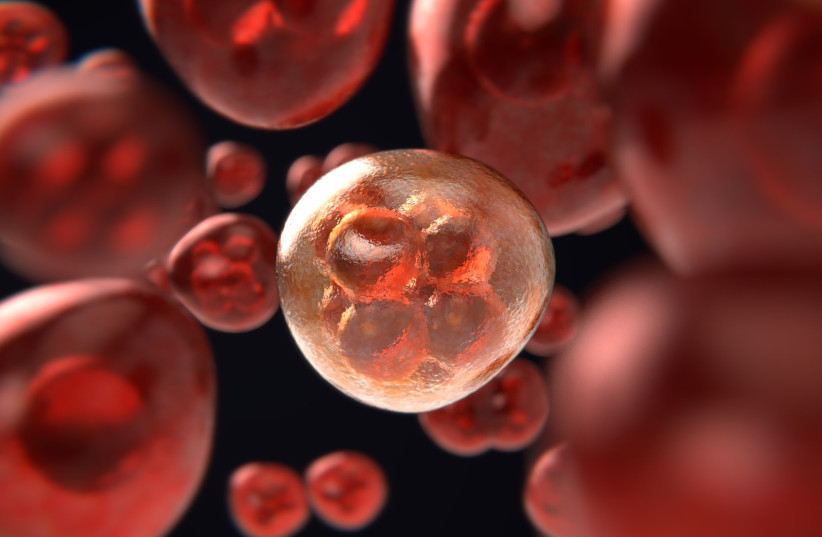A new study from the University of Gothenburg in Sweden has discovered cell movement under a microscope by using Artificial Intelligence (AI).
The peer-reviewed study was published on Thursday in the journal Nature Machine Intelligence.
The study
“The AI method uses the information in the graph to adapt to different situations and can solve multiple tasks in different experiments.”
Jesús Pineda, study co-author
“The AI method uses the information in the graph to adapt to different situations and can solve multiple tasks in different experiments. For example, our AI can reconstruct the path that individual cells or molecules take when moving to achieve a certain biological function. This means that researchers can test the effectiveness of different medications and see how well they work as potential cancer treatments,” said Jesús Pineda, one of the authors of the study.
Significance of the study
Studying the movements of cells, cellular behavior and biological molecules under a microscope produces essential information on human health. With the new information, obtained from this study, new medical technologies and treatments can be developed.
The ability to understand cellular movement has advanced medical understanding and treatment for issues pertaining to “ tissue growth and repair, cancer metastasis, quorum sensing, the emergence of multicellularity and immune responses in multicellular organisms.”

“In the past two decades, optical microscopy has advanced significantly. It enables us to study biological life down to the smallest detail in both space and time. Living systems move in every possible direction and at different speeds,” Pineda said.
Artificial Intelligence in Medicine
Artificial Intelligence has become a hot topic in the last few months but the technology has been used in medicine for some time now.
In 2022, an AI system was designed and utilized to reduce the number of cardiovascular misdiagnoses.
Similarly, AI technology has been produced to improve stem cell culture procedures. The technology has been used to restore the retinal layers in the eye and has helped to restore vision.
AI has also been used to improve cancer patient outcomes through reduced diagnosis times.
